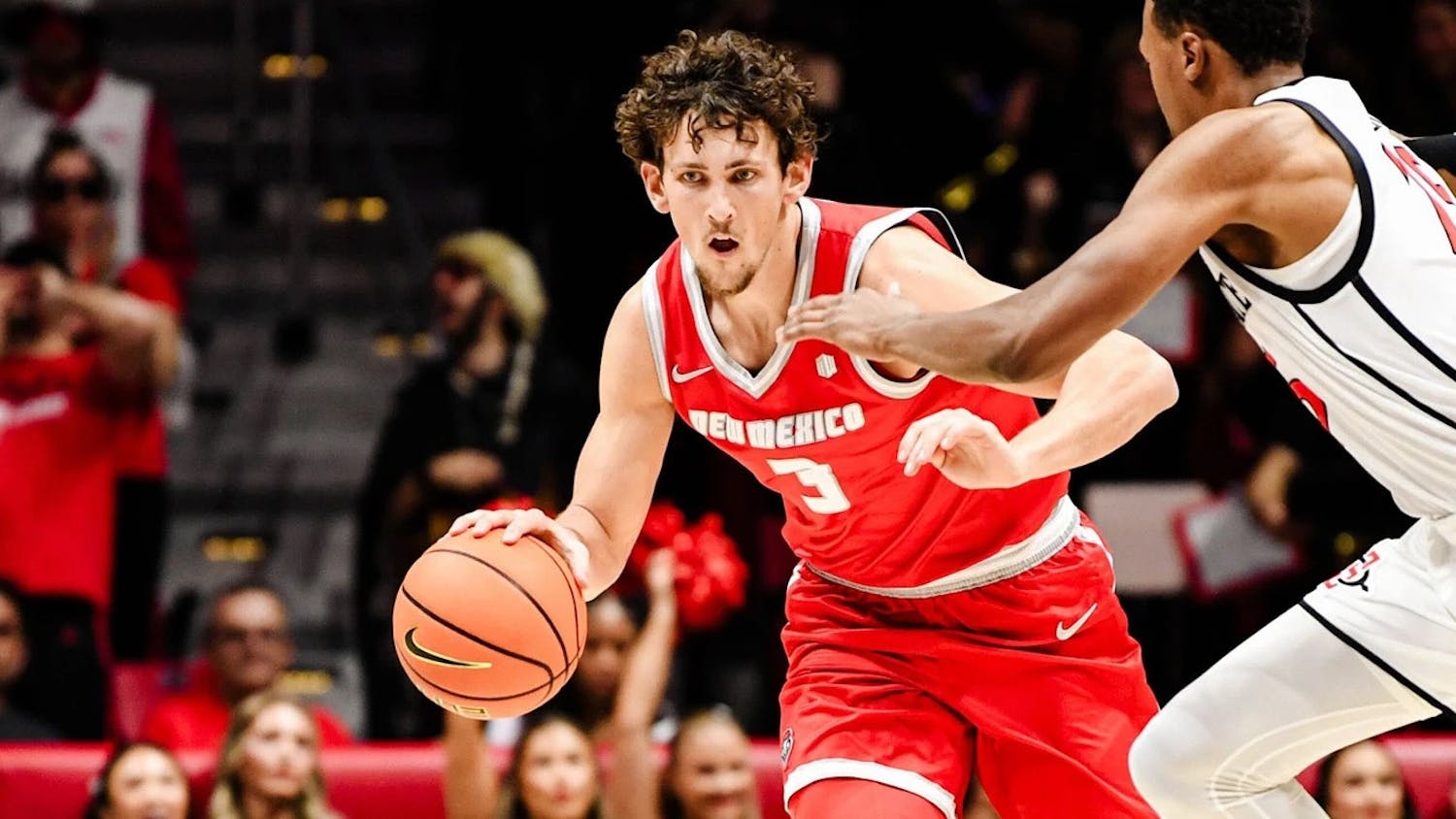In a media genre as expansive as children’s animation, the series “Avatar: The Last Airbender” still dominates the industry as a paragon of success.
Now, after a wait longer than a great number of fans had hoped to endure, all three seasons of the Nickelodeon classic are available to stream on Netflix.
The 15-year-old show is still revered by a mass of fans and garners ratings consistently above 90% by review aggregators. Even while being rated Y-7, the show attracts audiences of all ages and balances youth-oriented humor with undercurrents of serious subject matter. From feel-good to wacky to dramatic and thrilling, “Avatar” has something for every mood and every age.
For starters, “Avatar”’s world-building is like no other in the genre. The story takes place in a pre-industrial world, occupied by four major powers: the Fire Nation, the Water Tribe, the Earth Kingdom and the Air Nomads. Each nation is influenced by real cultures, with many of the artifacts and philosophies preserved within the series.
For example, the Air Nomads are based on Tibetan Buddhists. The Air Temples share nearly identical architecture to the Tibetans and believe in a similar philosophy that emphasizes spiritual enlightenment. The Water Tribe, on the other hand, is influenced by Inuit culture. The Water Tribe dwellings are commonly igloos, and their land is mainly frozen tundras similar to the Arctic regions inhabited by Inuit tribes.
Furthermore, each bending style is based on real-life martial art forms and beautifully choreographed with the character’s extraordinary abilities to control the elements. Firebending is based on Shaolin Kung-Fu, an aggressive fighting style that symbolizes fire’s powerful and sometimes violent nature. Conversely, waterbending is based on Tai-Chi, a martial art that emphasizes calm and fluid movements, similar to the behavior of water.
Beyond this, “Avatar” incorporates many eastern spiritual beliefs into a mainstream medium in a way that westerners find easy to swallow, yet leaves its core values and ideals intact and prevalent throughout the show.
Some of the issues dealt with by the show’s characters are rooted in true existential problems that may not have yet been considered by the younger members of its audience.
For example, Aang, the Avatar, struggles with the decision to kill or spare the life of the Fire Lord, ruler of the Fire Nation. Hailing from a monastic background, Aang struggles with his Avatar duty to bring balance to the world without giving up his cultural and moral belief of nonviolence. However, something as potentially upsetting to children as the idea of death is skillfully presented to provide a thought-provoking topic without sparking distress in younger viewers.
“Avatar” also masterfully constructs its characters and their motives, with character arcs that don’t feel forced or cliche. Zuko, the prince of the Fire Nation, initially seeks to capture the Avatar to regain the honor he lost after his father scarred and banished him for speaking out of turn. By the end, however, Zuko understands that his true destiny is to help the Avatar defeat his father and to return the Fire Nation to peace and unity with the world.
Iroh, Zuko’s uncle and a prominent father-figure to him, travels the world with Zuko, offering unparalleled wisdom and support to his nephew during his confusing transitions in life. Iroh is by far my favorite character, and both his advice and love of tea have influenced me greatly in the past year as I, too, have dealt with major transitions in my life. He has a wealth of inspirational quotes, and I’d like to share my favorite quote with you:
“Hope is something you give yourself,” Iroh said. “That is the meaning of inner strength.”
Get content from The Daily Lobo delivered to your inbox
Liam DeBonis is a freelance reporter and photographer at the Daily Lobo. He can be contacted at culture@dailylobo.com or on Twitter @LiamDeBonis






